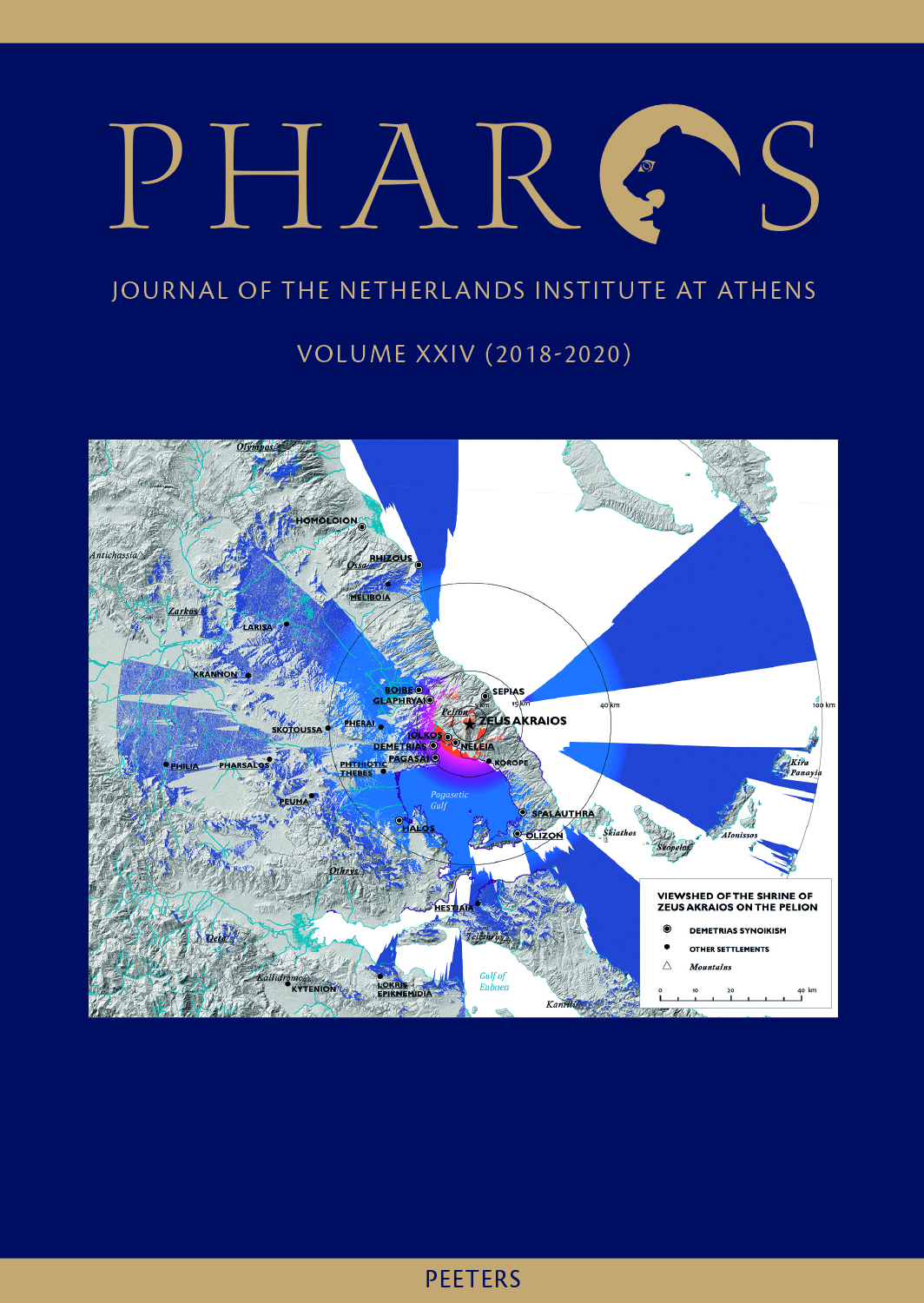 previous article in this issue previous article in this issue | next article in this issue  |

|
Document Details : Title: Athens: the Tourist Capital of Post-War Greece Author(s): NIKOLAKAKIS, Michalis Journal: Pharos Volume: 21 Issue: 1 Date: 2015 Pages: 21-36 DOI: 10.2143/PHA.21.1.3146861 Abstract : Today Greece is considered the archetypical island tourist destination. However, current notions are challenged by the centrality that Athens had as the main host of tourism activity in Greece until the middle of the 1970s. In the first post-war decades, Athens was both the focal point of most state tourism policies as well as the most popular destination in the country. In the aforementioned period, tourists in the Greek capital were engaged in a variety of cultural practices that progressively diversified the indigenous tourist product, which had initially focused on old fashioned visits to the Acropolis and similar excursions. The experience that the capital city of Greece offered to tourists was diversified by a mosaic of social practices, which included the booming nightlife centering on the Plaka area and on popular beaches such as Lagonisi and Asteras Vouliagmenis, as well as the cosmopolitan atmosphere developing around prominent tourist infrastructure, such as the Glyfada Golf Club and the Athens Mont Parnes Hotel. At the same time, the developing tourist sector was engaging different economic and social agents, especially younger Greeks eager to get in contact with foreign travelers. In this context, culture was more than an economic asset ripe for economic exploitation, since tourism was in itself a major factor of cultural transformation and widely considered a window to social and economic modernisation. The present paper attempts to delineate the gradual development of the post-war tourism economic sector in Athens. At the same time, the paper seeks to monitor the shifting dynamics of tourist social practices in the Greek capital in the post-war period. |
 |
